Located in the ancient burial grounds of Egypt, the Mastaba Tombs are a fascinating testament to the architectural prowess and cultural beliefs of the early Egyptian civilization. These flat-roofed, rectangular structures, with their sloping sides and intricate interior designs, offer a captivating glimpse into the world of the afterlife as perceived by the ancient Egyptians.
Get your dose of History via Email
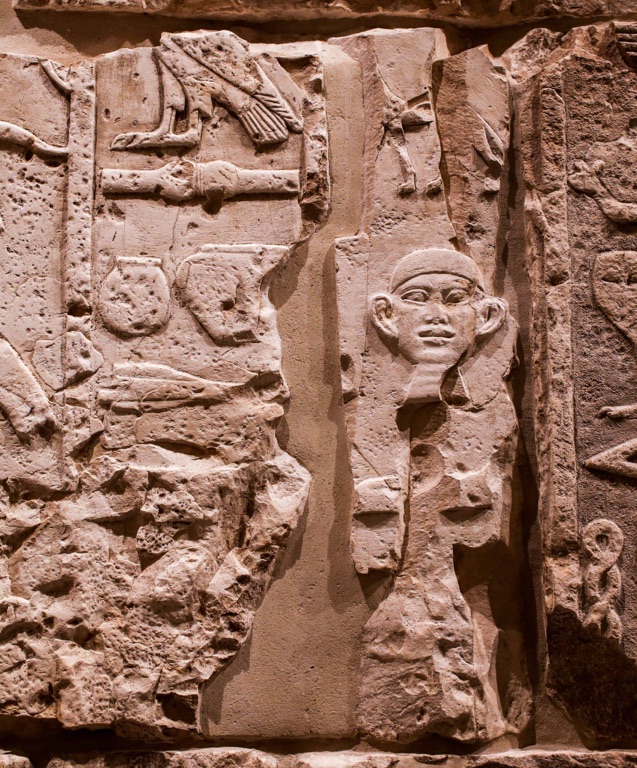
Historical Background
The Mastaba Tombs date back to the Early Dynastic Period of Egypt, around 3100-2686 BC, making them over 5000 years old. They were primarily built by the ancient Egyptians to serve as eternal resting places for their nobles and high-ranking officials. The term ‘Mastaba’, derived from the Arabic word for ‘bench’, was coined by archaeologists due to the bench-like shape of these structures.
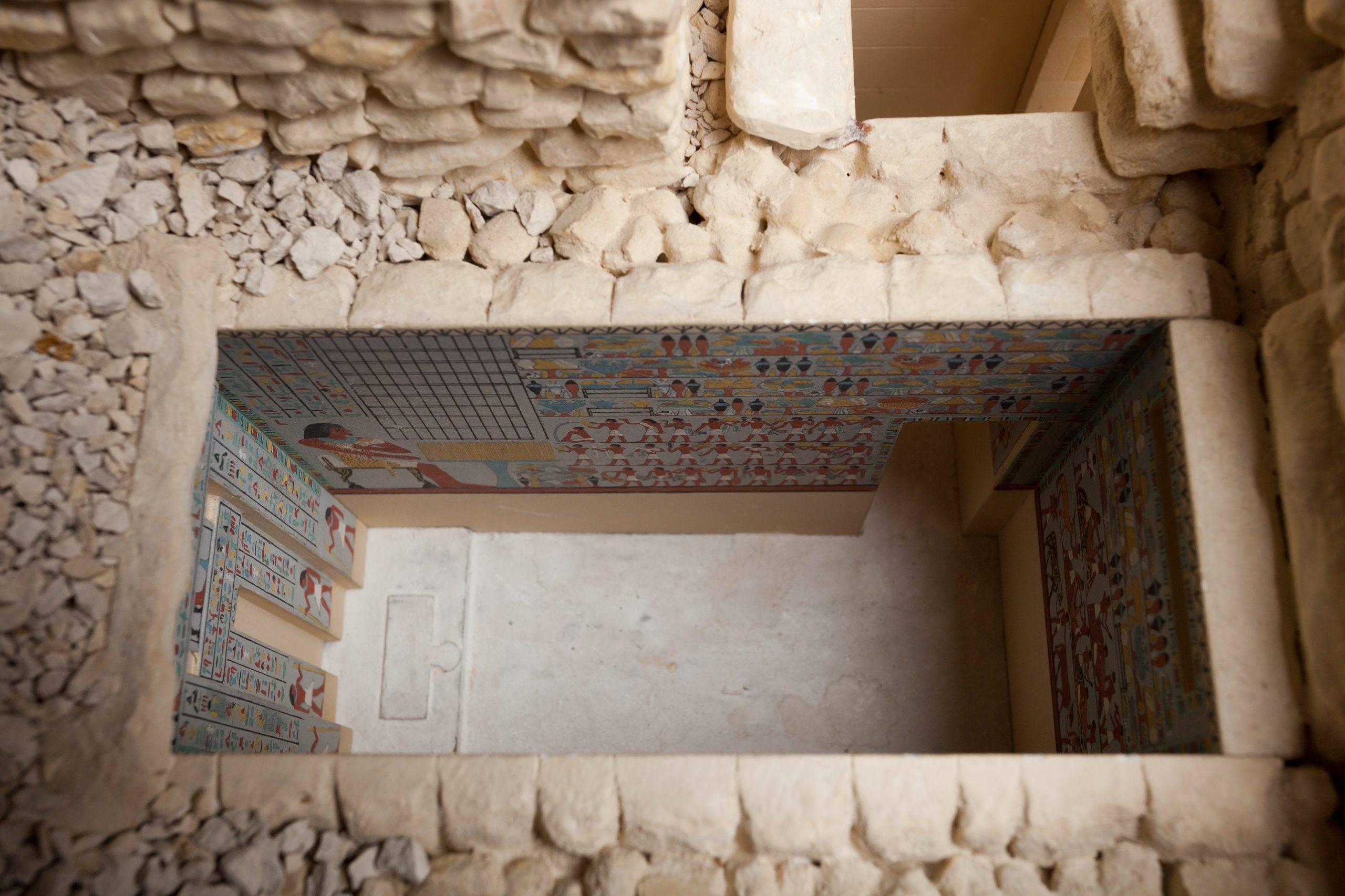
Architectural Highlights
The construction of the Mastaba Tombs is a testament to the architectural ingenuity of the ancient Egyptians. Built from mud bricks or stone, these structures typically measure around 30 meters in length and 15 meters in width, with a height of approximately 6 meters. The exterior walls slope inward at an angle of about 75 degrees, giving the structure its distinctive bench-like appearance.
The interior of a Mastaba Tomb is divided into two main parts: the chapel and the burial chamber. The chapel, accessible to the living, was adorned with beautiful carvings and paintings depicting the deceased’s life and achievements. The burial chamber, located deep within the structure, housed the sarcophagus of the deceased, along with various grave goods intended for use in the afterlife.
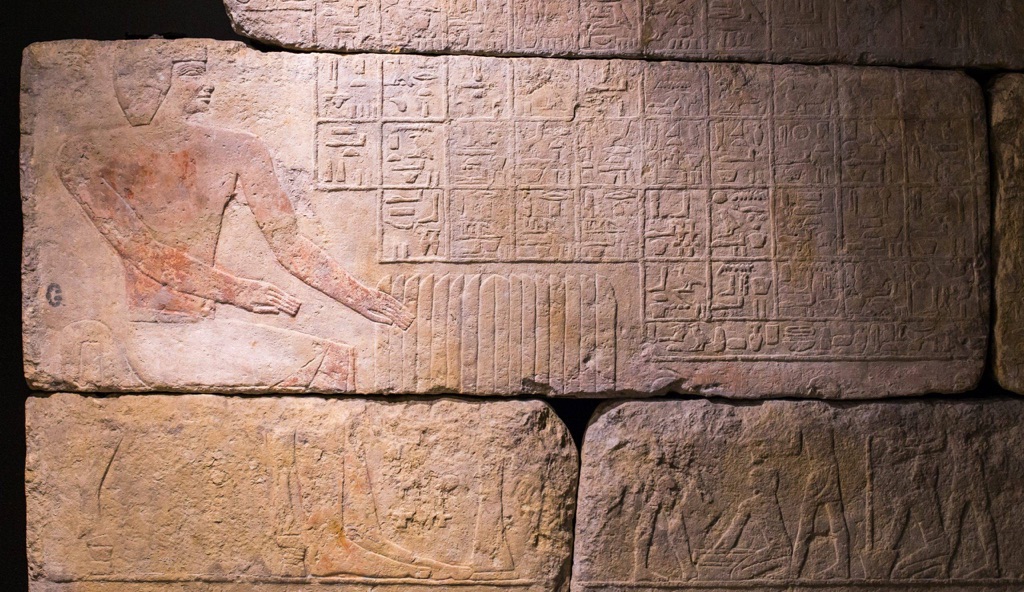
Theories and Interpretations
The Mastaba Tombs were not merely burial sites; they were also a reflection of the ancient Egyptians’ beliefs about the afterlife. The elaborate carvings and paintings inside the tombs were believed to provide sustenance for the deceased’s ka, or life force, in the afterlife. The grave goods, which often included food, furniture, and personal belongings, were intended to ensure the comfort and well-being of the deceased in their eternal life.
The dating of the Mastaba Tombs has been achieved through a combination of radiocarbon dating and contextual analysis of the artifacts found within the tombs. The alignment of the tombs, typically facing towards the Nile, is believed to have religious significance, possibly related to the ancient Egyptians’ belief in the Nile as a pathway to the afterlife.

Good to know/Additional Information
While the Mastaba Tombs were initially reserved for the nobility, over time, they became more common and were used by people of various social statuses. Some of the most famous Mastaba Tombs, such as the Tomb of Ptahhotep in Saqqara, are renowned for their exquisite reliefs and offer invaluable insights into the daily life and beliefs of the ancient Egyptians.
Despite their age, many Mastaba Tombs have survived to the present day, providing historians and archaeologists with a wealth of information about this fascinating civilization. Their enduring presence is a testament to the ancient Egyptians’ skill in construction and their deep reverence for the afterlife.
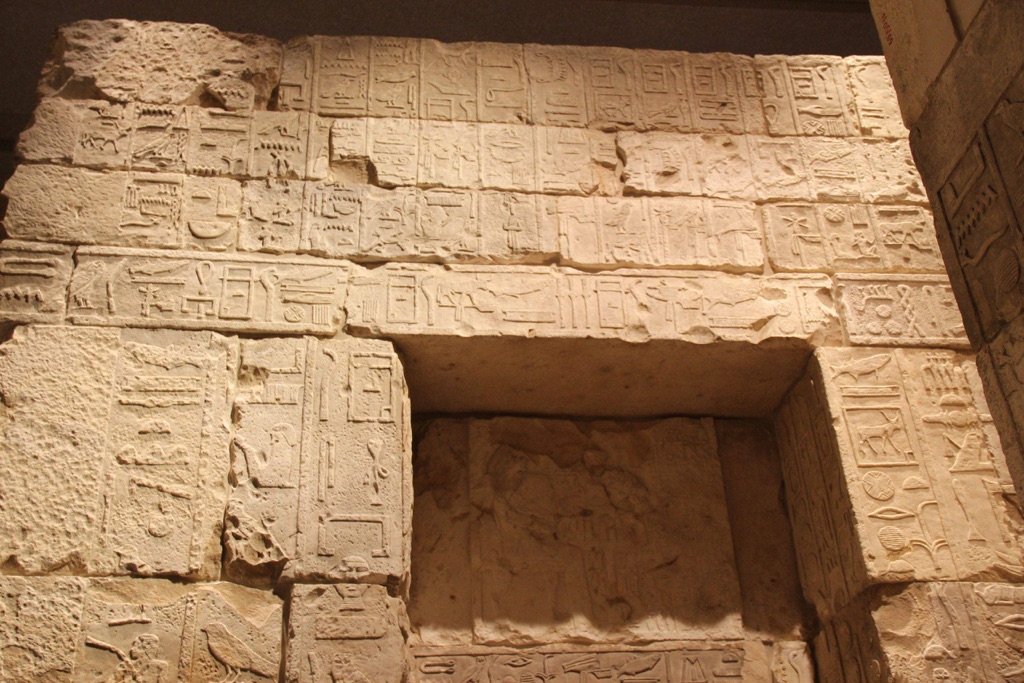

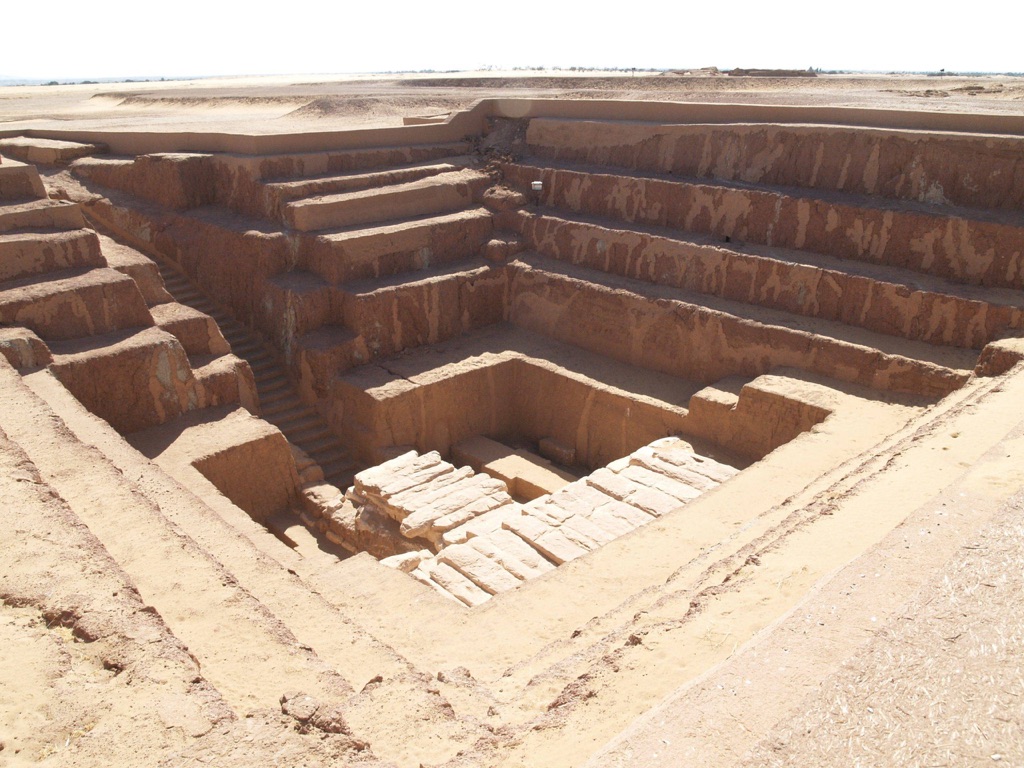
Perhaps they were places of consciousness transfers- like in the movie X-Men Apocalypse. I truly believe Aliens do this practice into human bodies. And that Klaus Schwab and others are doing this